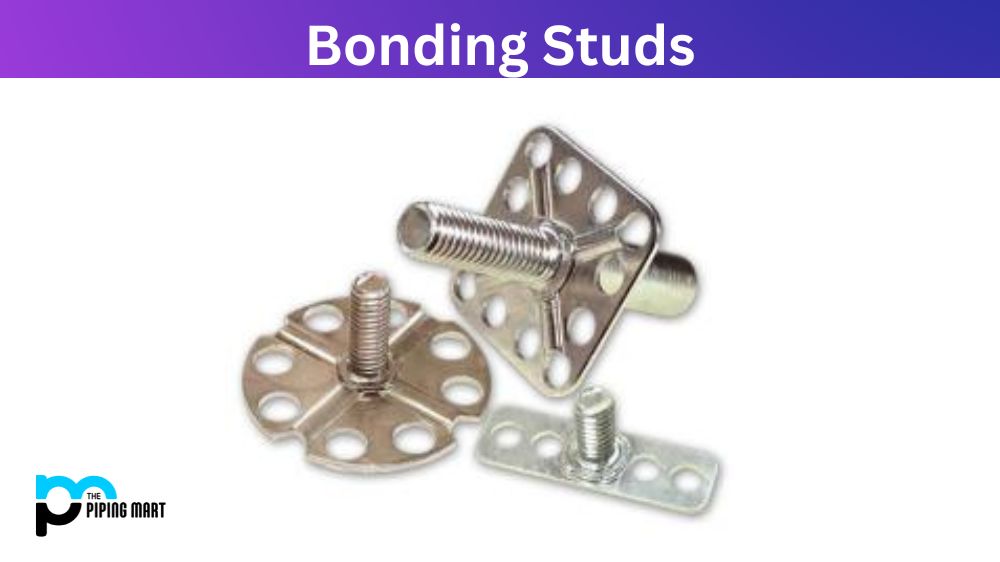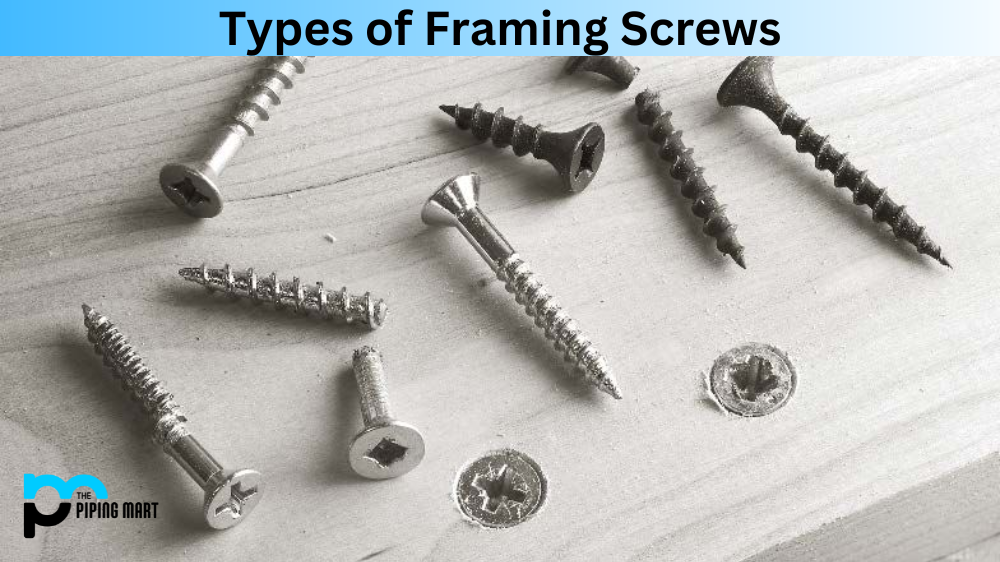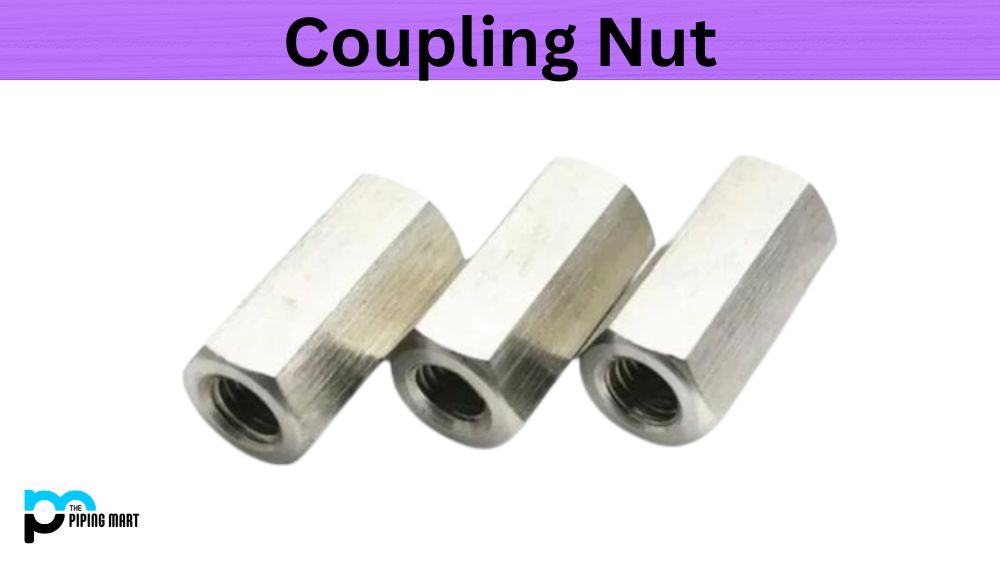Bonding studs are fasteners that are used to bond two different objects. They provide an efficient fastening method without excessive drilling, welding, or tapping. With bonding studs, you can create a permanent bond between two objects, even with different materials or thicknesses. In this blog post, we will delve deep into bonding studs’ properties, uses, and applications. If you’re curious about bonding studs, then keep reading.
What is Bonding Studs?
Bonding Studs are a type of self-tapping fastener typically used to join metal, plastic or masonry materials. They consist of either a threaded or solid stud with an integrated bonding agent and are easy to install using standard hand tools. Bonding Studs provide superior strength for critical connections and ensure reliable long-term performance under vibration, thermal cycling and other environmental conditions.
Bonding Studs Properties:
Bonding studs are made from different materials, mostly stainless steel or aluminium. The material properties include high strength, high resistance to corrosion, and excellent electrical conductivity. They also come in different sizes and shapes, depending on the application. For instance, you can find bonding studs in full-threaded, partially-threaded, or smooth bore styles. The smooth bore studs are perfect for applications where projecting threads might cause interference. When installed, bonding studs usually have a flange or collar that provides a mechanical stop.
Bonding Studs Uses:
Bonding studs find widespread use in various industries, including automotive, construction, electronics, and marine. In the automotive industry, bonding studs bond body panels, engine parts, and electrical components. In the construction industry, they’re used to bond steel beams and concrete. Electronic devices also use bonding studs to provide a grounding connection to the chassis or backplane. In marine applications, bonding studs are used to bond different types of materials and ensure electrical continuity.
Bonding Studs Application:
The first step in using bonding studs is determining your application’s correct size and shape. You’ll then need to select the appropriate installation tool, depending on the bonding stud you choose. The most common tool used for installing bonding studs is a stud welder. Additionally, you’ll need to prepare the surface by removing any dirt, oil, or paint that might interfere with the bond. The bonding stud is then positioned on one surface, and the installation tool creates a weld between the stud and the surface.
Benefits of Using Bonding Studs:
Using bonding studs has several benefits over traditional fastening methods. Bonding studs provide a permanent bond resistant to vibration, corrosion, and other environmental factors. They also produce a clean, professional-looking finish free of visible fasteners. Additionally, bonding studs do not require drilling, tapping, or welding, saving you time and money.
Conclusion:
Bonding studs are an efficient and cost-effective way of fastening two different objects. They provide a permanent bond resistant to corrosion, vibration, and other environmental factors. Using bonding studs saves you time and money and produces a clean, professional-looking finish. Bonding studs are widely used in various automotive, construction, electronics, and marine industries. If you’re looking for a reliable and efficient way of fastening, bonding studs is the perfect solution for your application.




